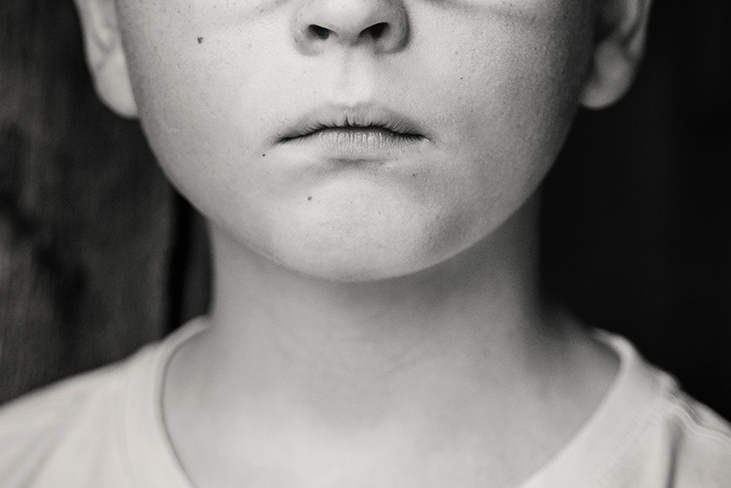Spotting the Signs of a Child Who Self-Harms

If you suspect that a child has been self-harming, it can be incredibly difficult to know how to approach the topic with them, no matter their age or relationship to you. However, it is always important to deal with your concerns as soon as they arise. Self-harm can become a compulsive behaviour if the correct support is not given to the individual quickly, and self-harming behaviour carries many dangerous short- and long-term risks.
Why might a child be self-harming?
There is no one simple answer to this. Individuals self-harm for a lot of different reasons, sometimes as a way of coping with overwhelming emotions, or to punish themselves for something that has happened. It is entirely possible for a child to self-harm and not really understand why they are self-harming or what triggers it.
It is common for children to self-harm in response to something that is happening in their lives that they cannot cope with emotionally. Depression and mood disorders have been linked to self-harming. Children also sometimes self-harm as a way of dealing with abuse or neglect.
Self-harm can affect everyone in unique ways. We should maintain an understanding that self-harm is usually not a cry for attention, and if you become aware of a child who has been self-harming, you should never turn a blind eye to the situation.
Many people think that self-harm is a suicide attempt, but this is not usually correct.
How do I know if a child has been self-harming?
It can often be difficult to spot the signs that a child has been self-harming. Children may attempt to keep their self-harm scars and injuries a secret from most people, particularly if they feel embarrassed or ashamed about self-harm or worry what people will think of them if they find out.
There are lots of signs to look for if you suspect a child has been self-harming. Some of the most common areas an individual will choose to self-harm include:
- Arms
- Wrists
- Thighs
- Chest
- Head
On these areas of the body, if a child has been self-harming, you might expect to see cuts, scars, burns, bruises, or bald patches.
Children who self-harm will typically also display emotional signs. It can be much more difficult to recognise the emotional signs of self-harm, as many of these can also be recognised in individuals who do not self-harm.
However, if you suspect a child may be self-harming, you should pay particularly close attention if they also:
- Display low self-esteem
- Regularly blame themselves for problems beyond their control
- Are diagnosed with depression, or often seem depressed
- Suddenly lose weight, gain weight, or change their eating habits
- Drink alcohol or take drugs
- Are often tearful, or seem very unhappy
- Act withdrawn or seem lonely
- Isolate themselves from friends, peers, and family
- Lack motivation to complete tasks
What should I do to help a child who has been self-harming?
Remember that there are many support networks available to you if you suspect a child has been self-harming and want to seek help. In the first instance, you should contact at least one of the following list of support networks:
- The child’s school

- The child’s doctor/GP
- The NSPCC helpline
- Childline
If you suspect that a child is in immediate danger, or if a child talks about their attempt to act upon suicidal thoughts, you should dial 999 as soon as possible.

